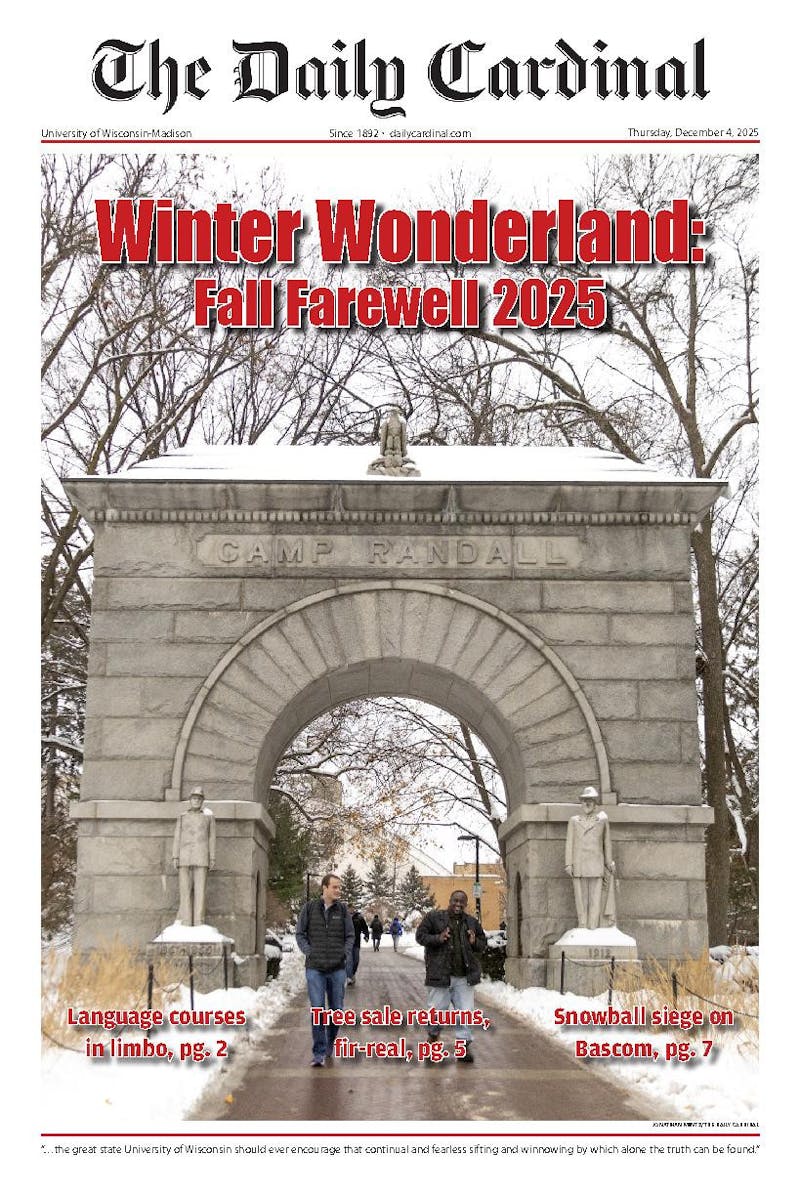Less than a month after Sen. Trent Lott, R-Miss., stepped down as Senate majority leader and just days before the commemoration of the Dr. Martin Luther King Jr. federal holiday, President Bush filed a friend-of-the-court brief opposing a specific affirmative-action program used by the University of Michigan Law School in its admissions process.
In his brief, Bush declares his fervent opposition to using quotas or fixed numerical goals in the admissions process. Apparently, the Supreme Court agrees with him; it ruled that quotas were unconstitutional and therefore illegal in the medical-school admissions case, Bakke v. Regents of the University of California, in 1978.
That 25 years later the president of the United States does not fully understand the law shows how influential coded language and racial propaganda has been. For instance, the Bush administration uses racial preferences and affirmative action as if they were interchangeable.
By its nature, a preference is giving someone who is less qualified the upper hand. Conversely, affirmative action is law that provides qualified people an opportunity to succeed. Furthermore, while the term acial preferences"" skews the discussion about affirmative action to only include race, the actual law is written to include women and people with disabilities as well as people of color.
In fact, white women have been the largest beneficiaries of affirmative action based on levels of upward mobility, access to higher education, post-graduate income levels, post-graduate job placement and graduation rates. Conversely, people with disabilities have been underserved by the law with many campuses still lacking Americans with Disabilities Act compliance.
People of color have benefited significantly from the law, with their numbers in higher education increasing by 85 percent since 1976. However, blacks and Native Americans in particular are still extremely underrepresented in higher education, especially at ""exclusive"" or highly competitive universities.
Affirmative action seeks to answer the question, if you have equally qualified candidates one is white and one is black, who do you pick? Today, as well as historically, the answer is the white candidate.
One of several studies showing this is a 2002 BET news story. The investigation found that candidates with ""black"" sounding names were up to five times less likely to be called in for interviews even though they had the exact same resume as candidates with ""white"" sounding names.
Affirmative action has two benefits, but its primary mission should be to serve women, people of color and people with disabilities. These communities who continue to face discrimination when trying to access higher education have a right to it regardless of the benefit to people who don't identify with them. Diversity is a secondary benefit of the law.
Due to the extremely high number of racially segregated high schools, college is the first opportunity for many students to interact with people different from themselves. This invaluable experience will benefit students in the job market, where diversity cannot be avoided.
The Supreme Court case scheduled to be heard April 1 focuses on the University of Michigan, but the results will have an effect on public colleges and universities across the country. The University of Michigan uses what conservatives deem a point system, but what really recognizes that there is no specific set of factors that make a person ""qualified.""
According to the University of Michigan policy, being from a racial or ethnic minority is worth 20 points while having a high score on your ACT/SAT is only worth 12. Anti-affirmative-action activists say this is a form of racial preferencing, but looking deeper in the Michigan's policy disproves this myth. In actuality, academics are worth a total of 110 out of a possible 150 points. The other 40 points can be made up of a number of different factors.
The factors that are worth 20 points are being from a low-income family (including white students), being from a racial or ethnic minority, being an athlete and being a person admitted on the chancellor's discretion. Factors that are worth from five to 15 points include, but are not limited to, men in nursing, legacy, being from an underrepresented state or Michigan county, extracurricular activities, having a good essay and gender. When looking at the admissions policy in its entirety, it shows a system set up to achieve wide diversity, including racial.
Many conservatives tout ""race-neutral"" programs such as the Texas, California and Florida percentage programs, which automatically accept the top 10 percent, 4 percent and 20 percent, respectively, of high school graduates to the state's public universities. In reality, these programs may disadvantage qualified students, especially white students. In highly competitive suburban schools, the majority of which are more than 90 percent white, it is possible for a student to have a 4.0 and not be in the top 10 percent of the class. A better system, like Michigan's, gives universities discretion to look at identities and communities that are lacking.
The University of Michigan has an ideal system. It treats people as individuals, while making sure as many different individuals as possible are represented. It recognizes that diversity is certainly about race, but that it's not only about race. Most importantly, it provides an opportunity for many of us to grow past our racially separated beginnings to a culturally competent future.
Affirmative action benefits everyone. In the coming weeks the ASM Diversity Committee will be hosting a number of dialogue sessions on affirmative action. I encourage everyone to attend, learn and be open.





